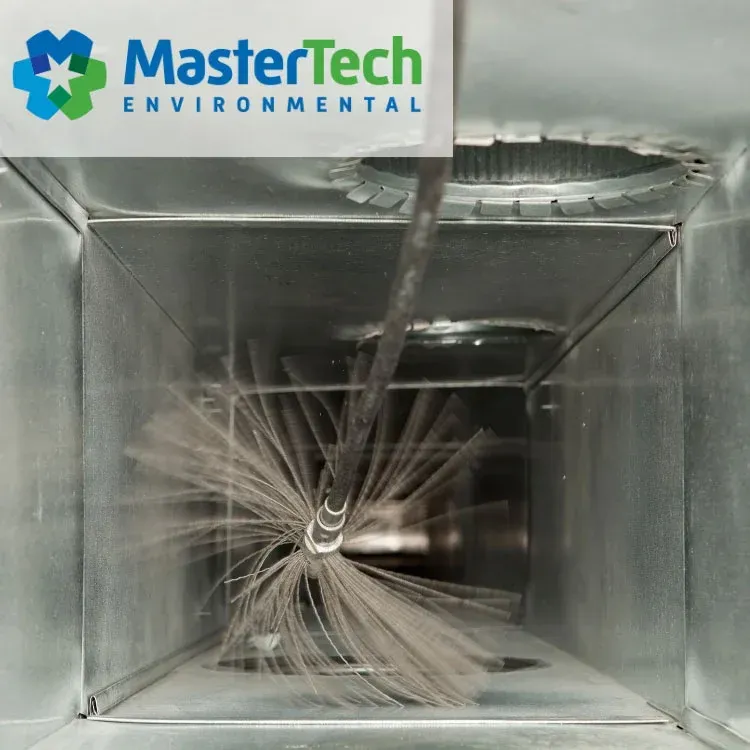How Often Should I Have Air Ducts Cleaned?

Air ducts are crucial in maintaining indoor air quality and ensuring your HVAC system operates efficiently. However, many homeowners often overlook the importance of regular air duct cleaning. So, how often should you have your air ducts cleaned? The general recommendation is every 3-5 years, but the exact timing can vary based on several factors.
Why 3-5 Years?
The 3-5 year timeframe is a common guideline for air duct cleaning, and here's why:
1. Dust and Debris Accumulation: Over time, dust, dirt, and debris naturally accumulate in your air ducts. This buildup can reduce the efficiency of your HVAC system and compromise your indoor air quality. Regular cleaning every 3-5 years helps keep your system running smoothly and your air clean.
2. Allergy and Asthma Concerns: If you or someone in your household suffers from allergies or asthma, more frequent air duct cleaning might be necessary. Dust mites, pet dander, and other allergens can settle in your ducts and circulate throughout your home, exacerbating symptoms.
3. Mold Growth: Moisture in your air ducts can lead to mold growth, which poses serious health risks. Regular cleaning helps prevent mold from becoming a problem. If you notice any musty odors or visible mold, it’s essential to schedule a cleaning immediately.
4. Pest Infestations: In some cases, pests like rodents or insects can find their way into your air ducts. If you suspect an infestation, a professional duct cleaning can remove any contaminants left behind by these unwelcome visitors.
When in Doubt, Use These Methods
If you're unsure whether it's time to clean your air ducts, here are some methods you can use to make an informed decision:
1. Visual Inspection: Remove a vent cover and take a look inside your ducts. If you see a buildup of dust, dirt, or debris, it's a clear sign that a cleaning is overdue.
2. Monitor Air Quality: If you notice an increase in dust around your home, musty odors, or worsening allergy symptoms, these could be indicators that your air ducts need attention.
3. Check for Airflow Issues: If certain rooms in your home are not heating or cooling as effectively as others, or if your HVAC system seems to be working harder than usual, dirty ducts could be the culprit.
4. Consult a Professional: When in doubt, it’s always a good idea to consult with a professional air duct cleaning service in Myrtle Beach, SC. They can assess your system and provide expert recommendations tailored to your specific needs.
Keep Your Ducts and Your Air Clean
Regular air duct cleaning is essential for maintaining a healthy indoor environment and ensuring the efficiency of your HVAC system. While the general recommendation is every 3-5 years, the exact timing may vary depending on your household’s specific conditions. By staying vigilant and using the methods outlined above, you can ensure your ducts are cleaned at the right time, keeping your home’s air fresh and your system running smoothly.
For expert duct cleaning services in Myrtle Beach, SC, trust the professionals at MasterTech. We’re here to help you maintain a clean and healthy home environment.



